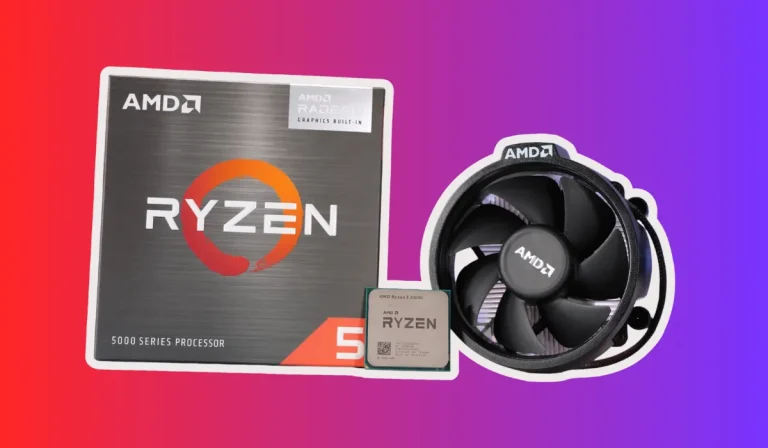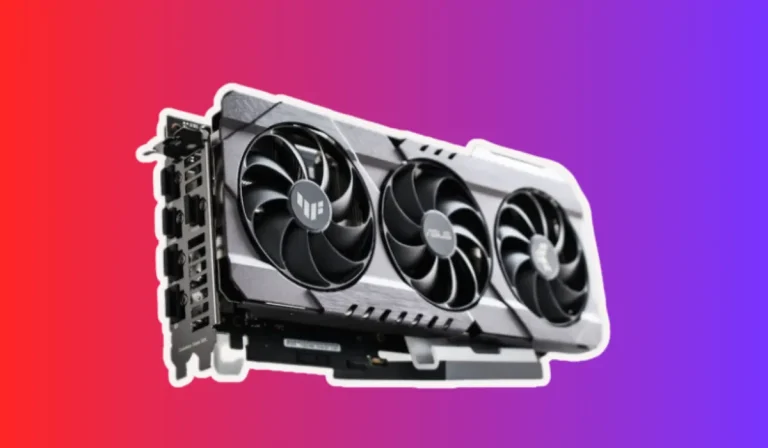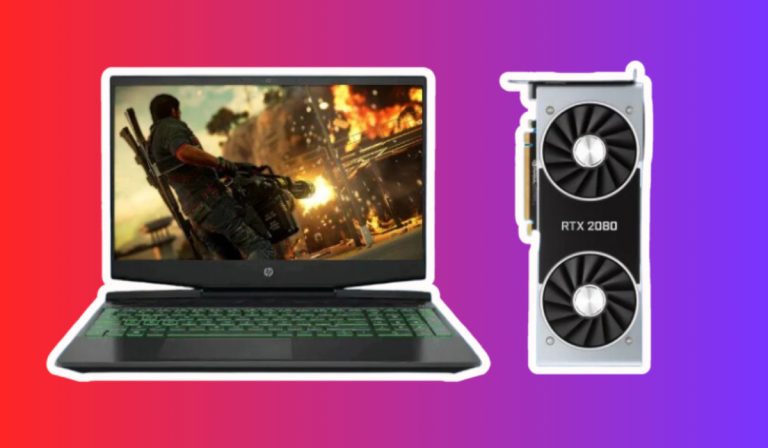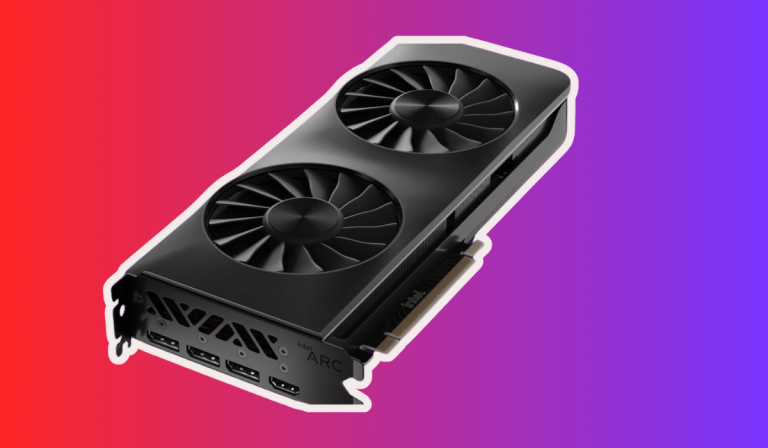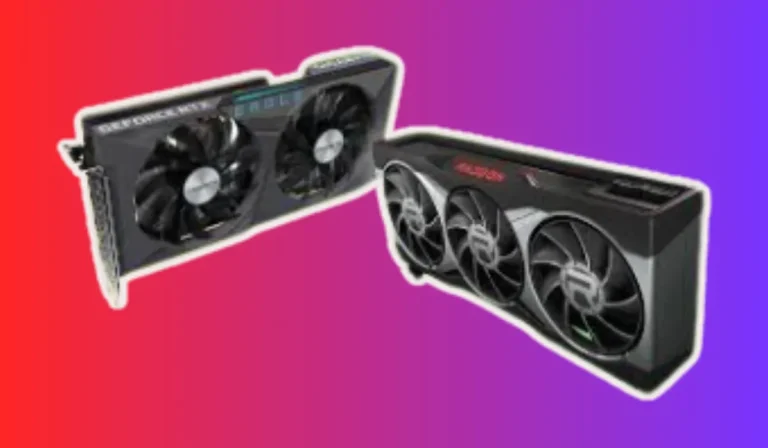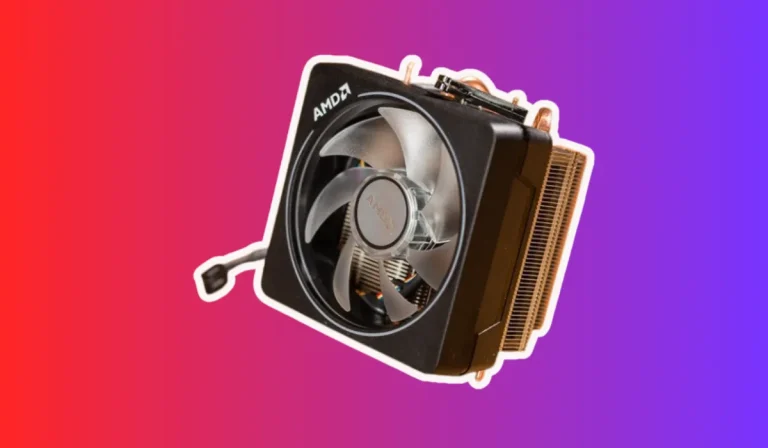How Much GPU Usage Is Normal for Gaming?
Are you curious about the inner workings of your gaming rig? Wondering how much GPU usage is considered normal for an optimal gaming experience? We’ve got you covered! Here, we’ll unravel the secrets of GPU usage, explain what’s normal, and help you level up your gaming performance. Let’s dive in!
Factors Affecting GPU Usage
Now that we understand the basics of GPU usage in gaming, we will explore the key factors that can impact how your GPU performs. By understanding these factors, you’ll be equipped to optimize your gaming experience and ensure that your GPU is running at its best.
CPU Bottleneck
One of the primary factors that can affect GPU usage is a CPU bottleneck. When your CPU is unable to keep up with the demands of the game, it can limit the GPU’s ability to reach its full potential.
This can result in lower GPU usage and potentially impact your gaming performance. Ensuring a balanced system with a capable CPU is crucial for optimal GPU usage.
Game Graphics Settings
The graphics settings you choose in-game can significantly impact GPU usage. Higher graphics settings, such as ultra or high, can put a greater load on your GPU, resulting in higher usage.
On the other hand, lowering the graphics settings to medium or low can reduce the GPU load, leading to lower usage. Finding the right balance between visual quality and GPU usage is key to achieving smooth gameplay.
Game Optimization
The level of optimization in a game also affects GPU usage. Well-optimized games are designed to make efficient use of your hardware, resulting in optimal GPU utilization.
However, poorly optimized games may put unnecessary strain on your GPU, leading to higher usage and potential performance issues. Keeping your games updated and choosing titles known for their optimization can help maintain healthy GPU usage.
Resolution and Frame Rate
The resolution and frame rate at which you play your games can impact GPU usage. Higher resolutions, such as 4K, require more GPU power to render the visuals, resulting in increased usage.
Similarly, playing games at higher frame rates, such as 144Hz, can put more strain on your GPU. Adjusting these settings to match the capabilities of your GPU can help achieve a balance between visual quality and GPU usage.
Detecting Abnormal GPU Usage
While it’s essential to know what’s considered normal GPU usage, it’s equally important to be able to detect any abnormal patterns that may indicate an issue with your GPU. Here, we’ll explore the signs of abnormal GPU usage, their possible causes, and steps you can take to troubleshoot and resolve these issues.
Signs of Abnormal GPU Usage
Detecting abnormal GPU usage can be crucial in identifying potential problems. One common sign is consistently maxed-out GPU usage, where your GPU is constantly running at or near 100%.
Other signs may include sudden drops in frame rate, graphical glitches, or system crashes during gameplay. If you notice any of these signs, it’s likely that your GPU usage is abnormal and requires attention.
Possible Causes of Abnormal GPU Usage
Several factors can contribute to abnormal GPU usage. Outdated graphics drivers are a common culprit, as they may not be optimized for the latest games or could contain bugs that affect GPU performance.
Overheating can also cause abnormal GPU usage, as excessive heat can lead to thermal throttling and reduced performance. Other potential causes include conflicts with other software running in the background or even faulty hardware.
Troubleshooting Steps
To identify and resolve abnormal GPU usage issues, there are a few steps you can take. Start by ensuring that your graphics drivers are up to date.
Visit the manufacturer’s website or use automatic driver update software to install the latest version. Monitor your GPU temperatures using software and make sure they are within safe limits.
Check for any conflicts with background software or running unnecessary processes. If the issue persists, consider seeking professional help or contacting the GPU manufacturer for further assistance.
Optimizing GPU Usage for Gaming
To unlock the full potential of your gaming rig, it’s crucial to optimize GPU usage. Here, we’ll delve into practical tips and techniques to help you maximize your GPU’s performance, enhance gaming visuals, and ensure a smooth gaming experience. Here, we will explore how you can optimize GPU usage for gaming!
Update Graphics Drivers
Keeping your graphics drivers up to date is vital for optimal GPU performance. Graphics driver updates often include bug fixes, performance improvements, and optimizations for the latest games.
Regularly check the manufacturer’s website or utilize automatic driver update software to ensure you have the latest drivers installed.
Adjust In-Game Graphics Settings
Fine-tuning your in-game graphics settings can significantly impact GPU usage. Experiment with different settings like resolution, anti-aliasing, shadows, and textures to find the right balance between visual quality and performance. Lowering certain settings can reduce GPU load, resulting in smoother gameplay, while still maintaining an enjoyable visual experience.
Monitor and Manage Background Processes
Background processes running on your system can consume valuable resources, including GPU power. Use task manager utilities or software to monitor and manage these processes.
Close any unnecessary applications or programs that might be running in the background, freeing up resources for your game and optimizing GPU usage.
Consider Overclocking
For advanced users, overclocking your GPU can provide a performance boost. Overclocking involves increasing the clock speeds of your GPU, allowing it to process graphics faster.
However, note that overclocking can generate more heat and may require additional cooling solutions. Ensure you research and follow proper overclocking techniques to avoid potential damage to your hardware.
Maintain Optimal System Temperatures
Temperature plays a crucial role in GPU performance. Ensure that your gaming rig is adequately cooled to prevent thermal throttling and to maintain optimal GPU usage. Clean your computer regularly, ensure proper airflow, and consider additional cooling options like fans or liquid cooling if necessary.
FAQ’s
1. How much GPU usage is normal for gaming?
Normal GPU usage for gaming can vary depending on factors such as game complexity and graphics settings. Typically, GPU usage between 70% to 90% during gameplay is considered normal.
2. Why is my GPU usage at 100% during gaming?
A GPU usage of 100% during gaming could indicate that your graphics card is fully utilized to deliver the best performance possible. This is normal in demanding games or when running graphics-intensive applications.
3. Is it bad if my GPU usage is consistently low during gaming?
Consistently low GPU usage during gaming might suggest that your GPU is not being fully utilized. This could be due to various reasons, such as outdated drivers, CPU bottleneck, or low graphics settings. Adjusting in-game settings, updating drivers, or upgrading your hardware may help increase GPU usage and enhance gaming performance.
4. Can high GPU usage cause overheating?
High GPU usage can indeed contribute to increased heat generation, which may lead to overheating if not properly managed. It’s crucial to ensure your system has adequate cooling, including proper airflow, clean components, and potentially additional cooling solutions like fans or liquid cooling, to prevent overheating and maintain optimal GPU performance.
5. How can I monitor GPU usage during gaming?
There are several software options available to monitor GPU usage during gaming. Popular choices include MSI Afterburner, GPU-Z, and HWiNFO. These programs provide real-time monitoring of GPU usage, temperature, clock speeds, and other relevant information.
Conclusion
Determining what constitutes normal GPU usage for gaming can vary depending on various factors. Generally, GPU usage between 70% to 90% is considered normal during gameplay.
However, it’s important to remember that different games and settings can influence GPU usage. Monitoring your GPU usage and ensuring proper cooling is key to maintaining optimal performance and a smooth gaming experience.

